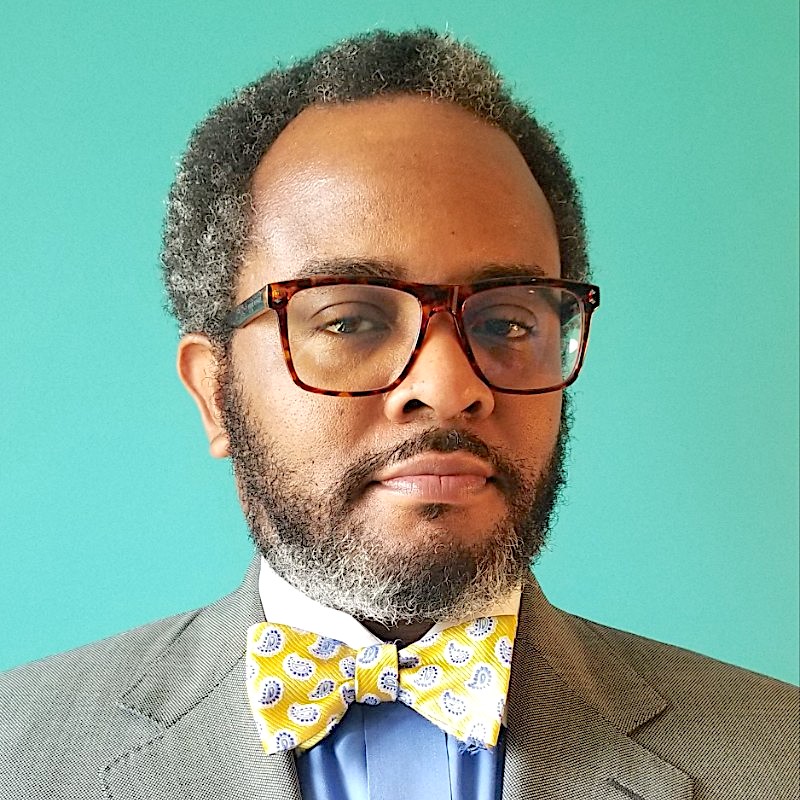
Amid the ongoing COVID-19 pandemic, older adults not only have been affected by the threat of the virus itself but also increasingly have become targets of abuse. With factors such as loneliness, boredom and uncertainty at play, outside forces have exploited this vulnerability, targeting unprotected seniors for physical and emotional abuse, harassment and fraud. The good news is that senior living and care organizations can keep their residents safe from external harm and maintain good standing with these precautions.
Build relationships
First and foremost, long-term care leaders and employees strive to protect their residents from toxic people or unhealthy environments that can lead to abuse or harassment. A key aspect of this day-to-day role is building relationships with residents and fostering a safe place to live.
As part of this process, staff members should learn a resident’s normal demeanor and behavior so that they can identify any red flags that may signify distress. In particular, pay attention to the family members and friends who visit the resident in the community, as well as any mood change that occurs in the aftermath. Escalate any concerns to the appropriate party as soon as possible.
Programming also is important. Having regular activities that keep residents engaged and connected with others not only offers a controlled environment but also helps with loneliness and gratification. It is essential, though, that those activities have oversight from staff members who are monitoring for any worrisome exchanges amongst residents.
Educate about cyber risks
In today’s environment, bad actors are getting more sophisticated in their approaches to cyber attacks and can target elders through cell phones, computers or voice-activated devices. As older adults increasingly use technology for entertainment, communication with loved ones and practical purposes — particularly if or when visits from family members and friends and internal activities are restricted — they are even more prone to being targeted for sharing personally identifiable information or providing monetary offerings to those posing as someone they know. Bad actors also may use other creative methods of persuasion to encourage older adults to accept their requests.
The key to avoiding an unfortunate cyber attack or fraud against a resident is education. Staff members should explain the basic risks posed by those devices and any red flags residents should be looking out for during their daily activities. Consider holding regular training sessions using a qualified professional who can discuss any new updates, or speakers from the local police department or area agency on aging. Having staff members, residents and their family members involved in those sessions can be helpful so that all those involved can help prevent future incidents.
From an organizational perspective, implementing multi-factor authentication and password management procedures for network devices is highly recommended. Ensuring that the proper policies, waivers and indemnification are in place based on respective needs also is suggested.
Hire with care
Hiring and retaining high-quality talent who are passionate about caring for older adults and will uphold best practices is critical. The cost of not prioritizing resident safety is immeasurable. Not only can a bad hiring decision affect the livelihood of seniors during this important latter stage of their life, but it also can have severe consequences for the organization should an incident occur in which blame is placed on the community responsible for the individual’s care. Such consequences include third-party lawsuits because of a staff member’s wrongful actions and the resulting damage to organizational reputation and internal culture.
Senior living and care organizations are best positioned to protect elders by providing education and building relationships with older adults that decrease a resident’s risk of being a target for elder abuse. Ensure that your brokers provide those safety resources and risk-reducing strategies to add to your comprehensive risk management program.
Richard B. Johnson II joined Graham Company in early 2021. As a producer, Richard focuses on business development for the firm’s Health and Human Services division. He is responsible for the design and implementation of comprehensive cost-effective insurance programs and risk management strategies for large privately held companies with complex and demanding needs.
The opinions expressed in each McKnight’s Senior Living guest column are those of the author and are not necessarily those of McKnight’s Senior Living.
Have a column idea? See our submission guidelines here.


